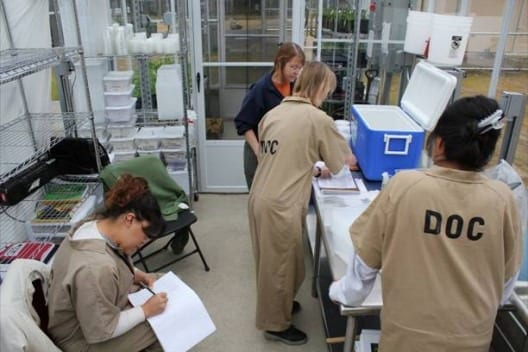The new work, with astonishing simplicity, creates pacemaker cells that closely resemble the native ones free from the risk of cancer.
Cedars-Sinai Heart Institute researchers have reprogrammed ordinary heart cells to become exact replicas of highly specialized pacemaker cells by injecting a single gene (Tbx18)-a major step forward in the decade-long search for a biological therapy to correct erratic and failing heartbeats.
The advance will be published in the Jan 8 issue of Nature Biotechnologyand also will be available on the journal’s website.
“Although we and others have created primitive biological pacemakers before, this study is the first to show that a single gene can direct the conversion of heart muscle cells to genuine pacemaker cells. The new cells generated electrical impulses spontaneously and were indistinguishable from native pacemaker cells,” said Hee Cheol Cho, PhD., a Heart Institute research scientist.
Pacemaker cells generate electrical activity that spreads to other heart cells in an orderly pattern to create rhythmic muscle contractions. If these cells go awry, the heart pumps erratically at best; patients healthy enough to undergo surgery often look to an electronic pacemaker as the only option for survival.
The heartbeat originates in the sinoatrial node (SAN) of the heart’s right upper chamber, where pacemaker cells are clustered. Of the heart’s 10 billion cells, fewer than 10,000 are pacemaker cells, often referred to as SAN cells. Once reprogrammed by the Tbx18 gene, the newly created pacemaker cells — “induced SAN cells” or iSAN cells — had all key features of native pacemakers and maintained their SAN-like characteristics even after the effects of the Tbx18 gene had faded.
But the Cedars-Sinai researchers, employing a virus engineered to carry a single gene (Tbx18) that plays a key role in embryonic pacemaker cell development, directly reprogrammed heart muscle cells (cardiomyocytes) to specialized pacemaker cells. The new cells took on the distinctive features and function of native pacemaker cells, both in lab cell reprogramming and in guinea pig studies.
Previous efforts to generate new pacemaker cells resulted in heart muscle cells that could beat on their own. Still, the modified cells were closer to ordinary muscle cells than to pacemaker cells. Other approaches employed embryonic stem cells to derive pacemaker cells. But, the risk of contaminating cancerous cells is a persistent hurdle to realizing a therapeutic potential with the embryonic stem cell-based approach. The new work, with astonishing simplicity, creates pacemaker cells that closely resemble the native ones free from the risk of cancer.
Read more . . .
via Science Daily
The Latest Streaming News: Biological Pacemakers updated minute-by-minute
Bookmark this page and come back often
Latest NEWS
Latest VIDEO









